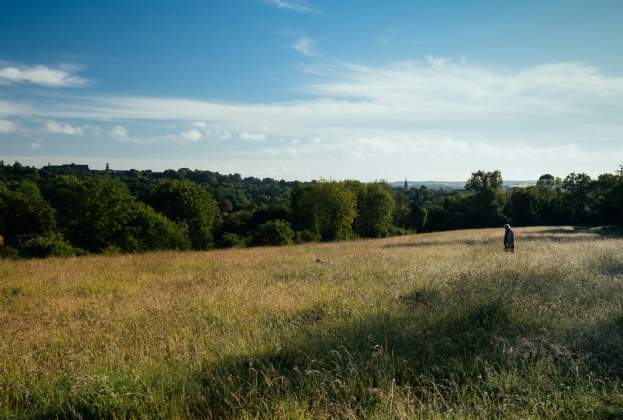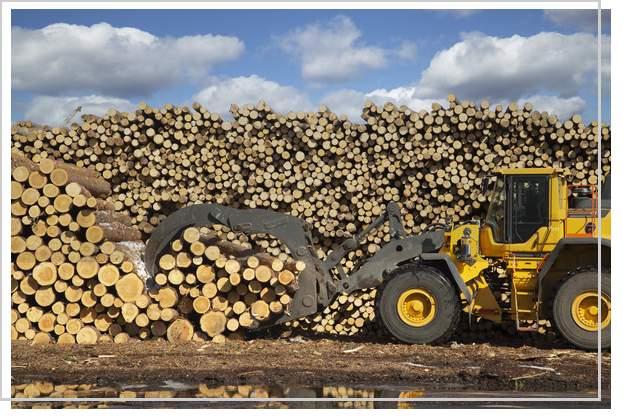Last Friday we received the latest stamp duty statistics from HMRC for the 2016/2017 fiscal year. For a researcher it is a gold mine of information, providing data on transaction levels, the value of property sold and tax receipts by property type, price band and local authority.
In this release all eyes were on the effect of heavily taxing the top end of the market and the three per cent surcharge for additional homes.
We have been pretty adamant that, whatever the effect on the market in these two areas, there is currently little chance of cuts in these rates. The statistics continue to support this assertion as the income from these higher rates is just too valuable to the Treasury.
The three per cent surcharge is entirely responsible for year-on-year increases in total SDLT receipts from residential property. It raised £1.7bn in revenues in 2016/2017. Despite pressure on mortgaged buy-to-let investors, revenues generated by this measure have far outstripped initial expectations because overall purchases of investment properties and second homes have been much stronger than anticipated.
.png)
.png)
.png)
.jpg)
.jpg)




(1).jpg)
.jpg)
